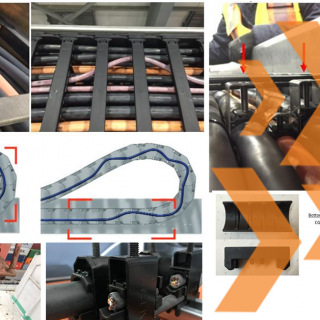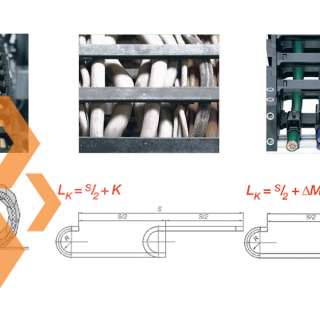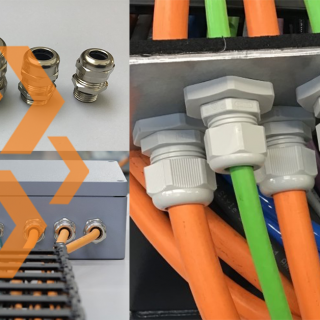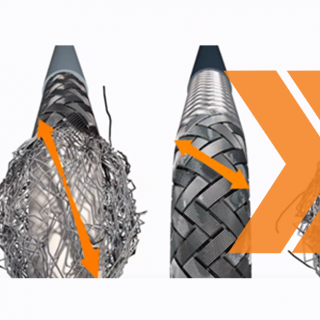Category: Flexible Cables
By Jared Worth What is the CF CASE? The chainflex® CASE is a highly engineered box design that offers simple storage solutions, convenience and protection during transport, and easy dispensing of cable in-house or on a...
By Dave Kortkamp If there’s one thing I enjoy most about my job, it’s going on-site to visit our customers and get hands-on with their energy chain or drag chain systems. Quite often while making...
By Matt Mowry Many customers ask, “Why do you guys offer so many online tools? Should we be using them more often?” My immediate response is always “absolutely”. And, I can confidently vouch for this...
By Don Nester One of the most common problems that engineers encounter when using a cable management system is downtime. Downtime refers to periods of time when a system is unavailable, therefore causing that system to fail...
About 4 years ago, companies were writing “Industry 4.0” on pretty much everything—every magazine, every website and every advertising email. It spurred a massive trend that still continues to this day. However, it now...
By Beke Nieszytka Cable glands made of polyamide and nickel-plated brass A cable gland, also known as a compression fitting or cable entry, leads the cable into the housing in a sealed and strain-relieved manner. Plugs, terminal...
By Jan Arnoldy In this blog post, you’ll discover why a cable needs a shield and what appropriate shielding looks like for cables in linear and torsional applications. Why does a cable need a...
By Jared Worth In the realm of electrical connectivity, the terms “cable” and “wire” are often used interchangeably, leading to confusion. However, these two components serve distinct purposes in various applications. This blog will...
Why is the minimum bending radius of a cable important? As the population grows, space is becoming more and more limited. This isn’t just true for physical living space but is also true for...
By Beke Nieszytka Productivity describes the relationship between the use of production factors (input) and the production result (output). In a simple formula it looks like this: Productivity = output / input If other factors...










